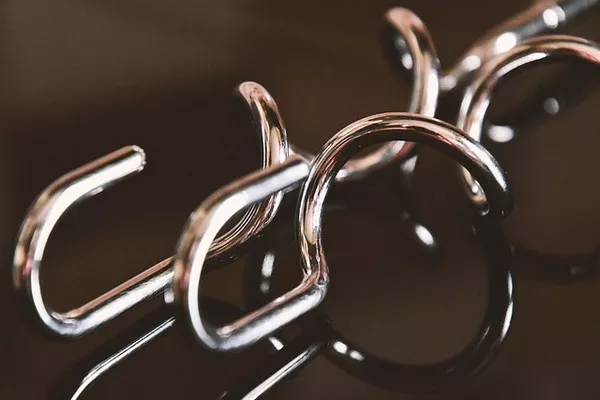Silver has long been treasured for its beauty and value, making it a popular investment and collector’s item. If you’re looking to sell your silver, whether it’s in the form of jewelry, coins, or silverware, it’s essential to approach the process with careful consideration and knowledge. In this comprehensive guide, we’ll explore the steps you should take to sell your silver effectively and get the best possible price for your precious metal.
Understand Your Silver
Before you can sell your silver, you need to understand what you have. Not all silver items are created equal, and their value can vary significantly based on factors like purity, weight, age, and rarity. Here are some key points to consider:
a. Purity: Silver is often alloyed with other metals to increase its durability. Sterling silver, for example, typically contains 92.5% pure silver. The higher the purity, the more valuable the silver.
b. Weight: The weight of your silver item plays a crucial role in determining its value. Heavier items generally have more intrinsic value.
c. Age and Rarity: Vintage or antique silver items can be more valuable due to their age and rarity. Historical significance or unique craftsmanship can also impact their worth.
d. Hallmarks and Stamps: Check for hallmarks or stamps on your silver items. These markings can provide information about the manufacturer, purity, and origin of the piece.
Determine the Current Market Value
Silver prices can fluctuate daily based on global economic factors and demand. To get an idea of the current market value of your silver, you can check reputable financial news sources or use online resources and apps that track precious metal prices. Keep in mind that different types of silver (e.g., coins, bullion, jewelry) may have slightly different market values due to their form and demand.
Clean and Maintain Your Silver
Before selling your silver, it’s crucial to clean and maintain it properly. This not only helps you present your items in the best possible condition but can also potentially increase their value. Use a mild silver polish and soft cloth to remove tarnish and restore shine without causing damage. Avoid abrasive cleaners or excessive polishing, which can harm the surface.
Appraise Your Silver
To get an accurate assessment of your silver’s value, consider having it professionally appraised. Experienced appraisers can evaluate the purity, weight, age, and condition of your silver items to provide an estimate of their worth. Keep in mind that appraisals may come with a fee, but the information they provide can be invaluable when selling your silver.
Choose the Right Selling Method
Once you have a good understanding of your silver’s value, it’s time to choose a selling method that suits your needs. Here are some common options:
a. Local Jewelry Stores: Local jewelers or antique shops may be interested in purchasing your silver items, especially if they deal with vintage or antique pieces. Visit multiple stores to compare offers.
b. Online Auctions and Marketplaces: Websites like eBay and Etsy allow you to list your silver items for sale to a global audience. Be sure to provide detailed descriptions and high-quality photos to attract potential buyers.
c. Silver Dealers: Specialized silver dealers often buy silver items directly from sellers. Research reputable dealers and request quotes from several to ensure you get a fair offer.
d. Silver Scrap Buyers: If your silver items are damaged or not particularly valuable as collectibles, you can sell them to scrap buyers who melt down the silver for its intrinsic value. Be aware that you may receive a lower price per ounce compared to selling collectible items.
e. Auction Houses: For rare or high-value silver items, consider consigning them to a reputable auction house. Auctions can attract serious collectors willing to pay a premium price.
Negotiate and Sell
When you receive offers for your silver, don’t hesitate to negotiate. Be prepared to walk away from a deal if you believe the offer is too low. If you’re working with a reputable dealer or jeweler, they should be willing to negotiate and provide fair value for your items.
Before finalizing a sale, make sure you understand the payment method, any fees involved, and the terms and conditions of the transaction. Keep records of all communication and agreements in writing.
Consider Tax Implications
Selling silver can have tax implications, especially if you make a profit. In some countries, such transactions may be subject to capital gains tax. Consult with a tax professional to understand your tax obligations and reporting requirements related to your silver sale.
Stay Safe During Transactions
When meeting with potential buyers in person, take safety precautions. Meet in well-lit public places, bring a friend or family member along if possible, and let someone know about your plans. Be cautious when sharing personal information and avoid accepting large sums of cash.
Conclusion
Selling your silver can be a rewarding endeavor when approached with knowledge and care. By understanding the value of your silver, researching the market, maintaining your items, and choosing the right selling method, you can maximize your returns and ensure a smooth transaction. Whether you’re selling silver as an investment or parting with cherished heirlooms, following these steps will help you navigate the process successfully.


